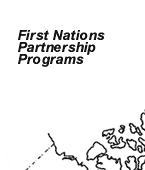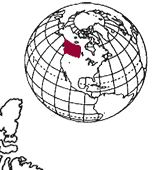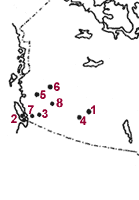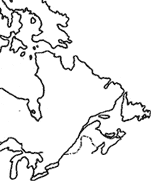FIRST NATIONS PARTNERSHIP PROGRAMSThe development of community capacity to support optimal development of children and youth in culturally congruent ways has been the focus of eight unique partnerships in education between First Nations organizations and the University of Victoria for a decade. The original First Nations Partnership Program was initiated in 1989 when the Meadow Lake Tribal Council asked Alan Pence to collaborate in developing community-based, bicultural curriculum that would prepare Cree and Dene people in northern Saskatchewan to deliver effective, culturally relevant, child care programs both on and off reserve. This became the springboard for evolving a Generative Curriculum Model. As of 2001, there have been a total of eight partnerships that have proved to be transformative for First Nations students and their communities, and for the university-based partners. The First Nations Partnership Programs are coordinated by Dr. Jessica Ball at the University of Victoria (see Program Contacts).
|
|
The goals of the Meadow Lake Tribal Council, and the concerns they voiced about the limitations of available, "standardized" training models, mirrored themes in the literature on the experience of First Nations students at mainstream universities. These themes are also emerging as salient in indigenous communities on other continents where development assistance efforts often impose models that represent 'best practices' in Euro-western contexts.
| |||||||||||






